How much do you know about the classification and standards of textiles?
China is the world's largest producer and exporter of textiles and clothing, and its textile and clothing industry is developing rapidly, occupying a very important position in the national economy. Especially in recent years, domestic brands have risen. In the 2021 Double Eleven Shopping Festival, the domestic Anta brand surpassed Adidas for the first time to become the top selling brand in the clothing industry.
Now, the Double Eleven Online Shopping Festival in 2022 is coming again. In addition to supporting our domestic products, what other aspects should we consider when choosing a shopping direction? You need to know if you have chosen the right clothes, not only based on the appearance data such as popularity, price, and sales volume, but also on the internal quality. Today, Zhuge Xiaobiao will educate everyone about textiles.
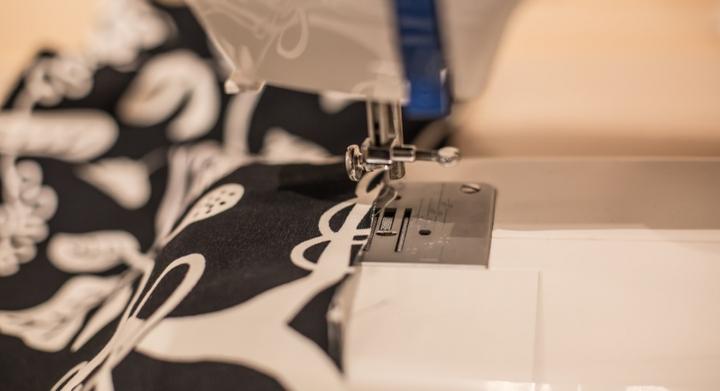
The Past and Present of Textiles
In the new era:
At this time, most textiles used hand spinning wheels and foot looms, and the materials used were mainly wild kudzu, hemp, silk, etc.
During the feudal society:
Handmade machines have become relatively mature, and the textile technology has greatly improved. The main raw materials have also transitioned from Ge>hemp>cotton, and the spinning, weaving, dyeing, and finishing processes are becoming increasingly mature.
Modern society:
The development of industry has brought about a diversity of materials, such as natural colored cotton, modal fibers, bamboo fibers, nanofibers, graphene, etc. The textile industry has shifted from labor-intensive to technology intensive.
01
Classification of textiles:
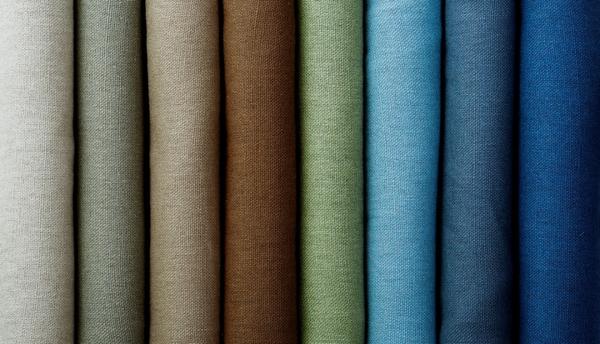
classification
According to modern social purposes, textiles mainly include three categories: clothing textiles, decorative textiles, and industrial products:
① Clothing textiles include various textile fabrics used in clothing production, as well as various textile accessories such as sewing threads, elastic bands, collar linings, and linings, as well as knitted garments, gloves, socks, etc.
② Decorative textiles can also be considered as a type of handicraft. Divided into indoor supplies, bedding, and outdoor supplies, including home fabrics and restaurant bathroom supplies, such as carpets, curtains, towels, tea towels, etc; Bedding items include bedspreads, duvet covers, pillowcases, etc. Outdoor products include artificial lawns, etc.
③ Industrial textiles have a wide range of uses and a wide variety of varieties, including common ones such as fluffy cloth, gun and gun clothing, filter cloth, screen mesh, and road base cloth.
Today, we will mainly introduce clothing textiles and decorative textiles. These types of textiles are mostly composed of textile fibers, which are natural or artificially synthesized fine filamentous substances. Textile fibers refer to the fibers used for textile fabrics. Textile fibers have good physical properties such as length, fineness, elasticity, and strength. It also has good chemical stability, for example, natural fibers such as cotton, wool, silk, and linen are ideal textile fibers.
Zhuge Xiaobiao has compiled a classification chart for everyone:
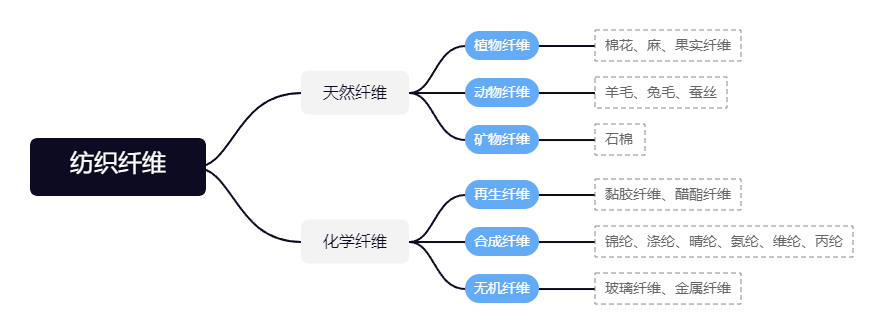
In daily life, short sleeves (cotton), underwear (silk), woolen sweaters (wool), and down jackets (polyester) are quite distinctive textiles.
On the label or hang tag of the textile products we purchase, there is relevant information about the product. Apart from the ingredients and specifications that can be understood, what are the implementation standards and safety department categories? I think everyone must have doubts, so let's mainly talk about the meanings of these two items.

FZ/T 61005-2015 Thread Blanket is a textile industry standard drafted by Jiangsu Textile Product Quality Supervision and Inspection Research Institute.
GB 18401-2010 National Basic Safety Technical Specification for Textile Products and GB 31701-2015 Safety Technical Specification for Textile Products for Infants and Children. The main drafting units for these two standards are the Textile Industry Standardization Research Institute and the National Textile Product Quality Supervision and Inspection Center.
Among them, GB 18401-2010 specifies the basic safety technical requirements, test methods, inspection rules, implementation and supervision of textile products. Other requirements for textile products shall be implemented in accordance with relevant standards. This standard applies to clothing, decorative and household textile products produced and sold within China. Among them, 4.1 product classification divides textiles into three categories:


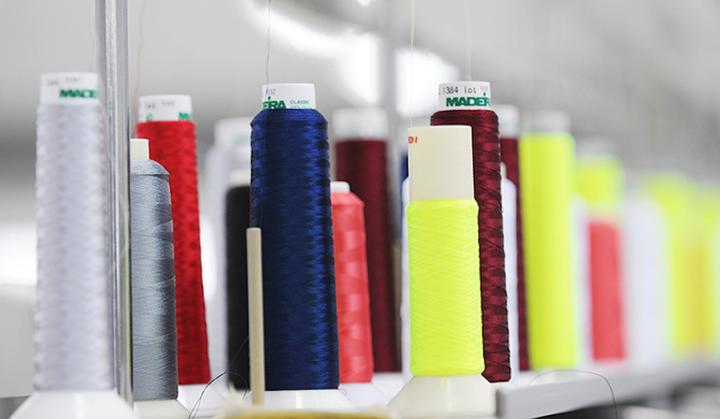
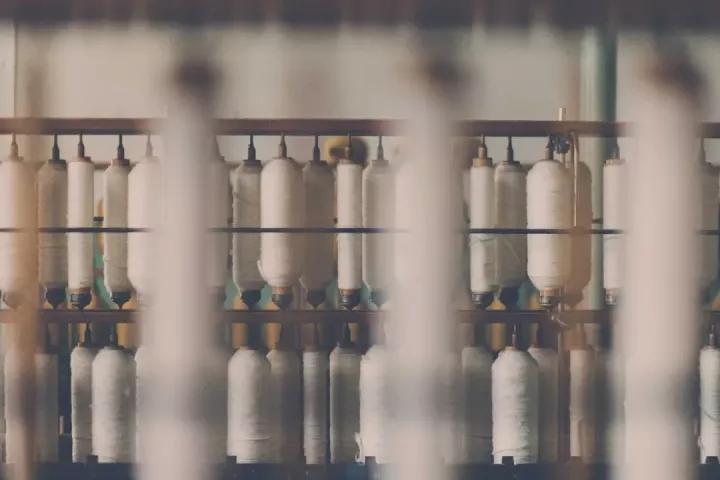
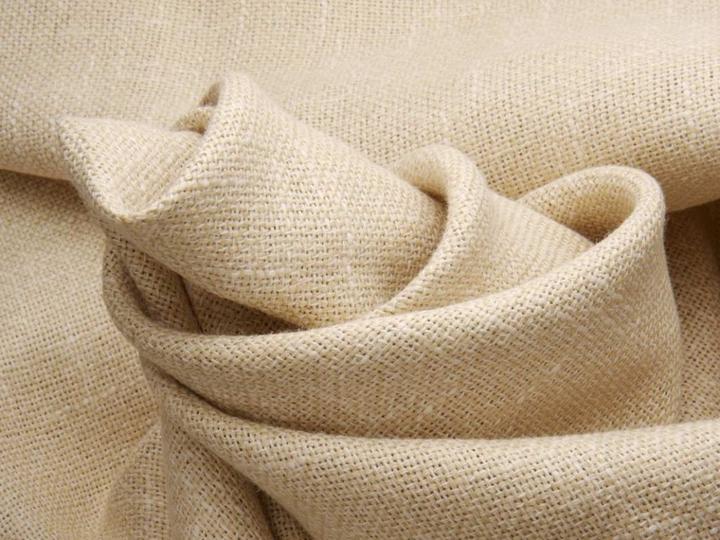
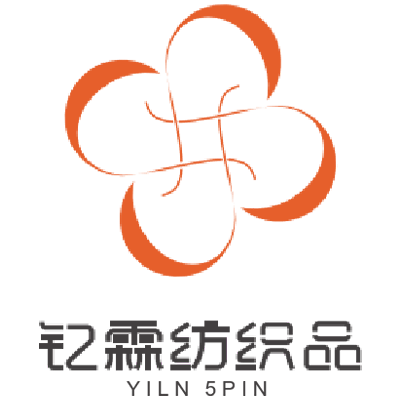




Please first Loginlater ~